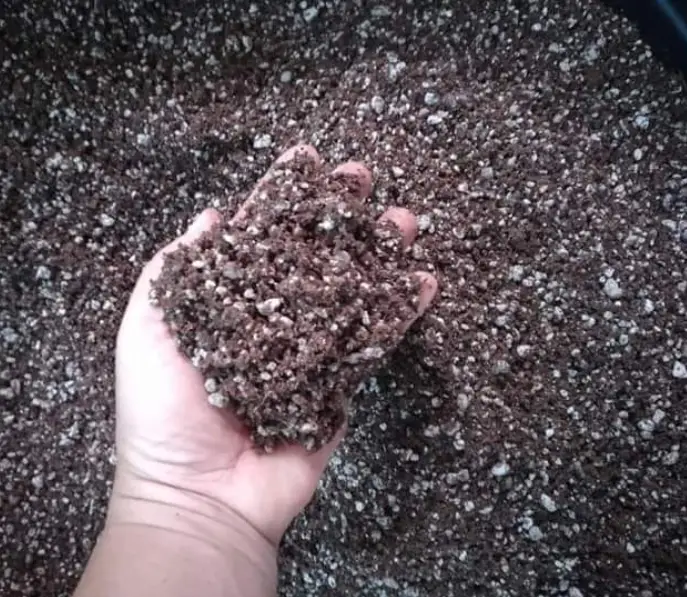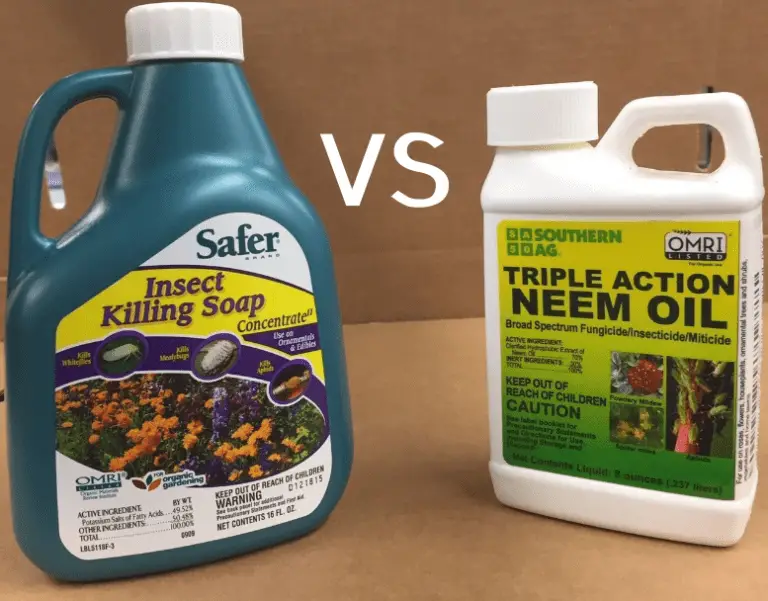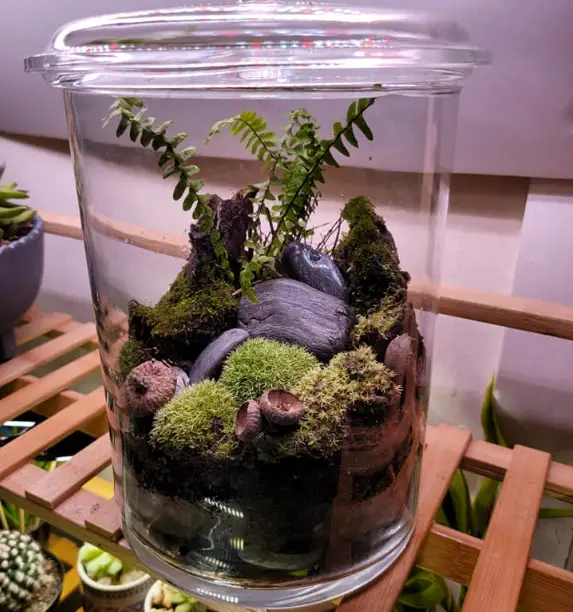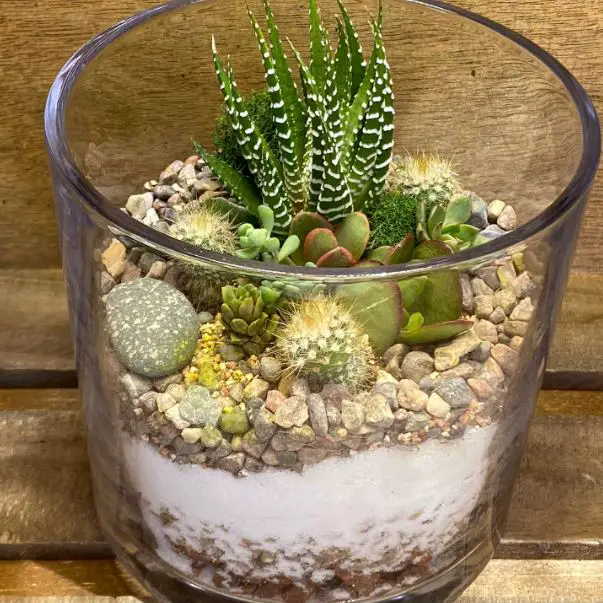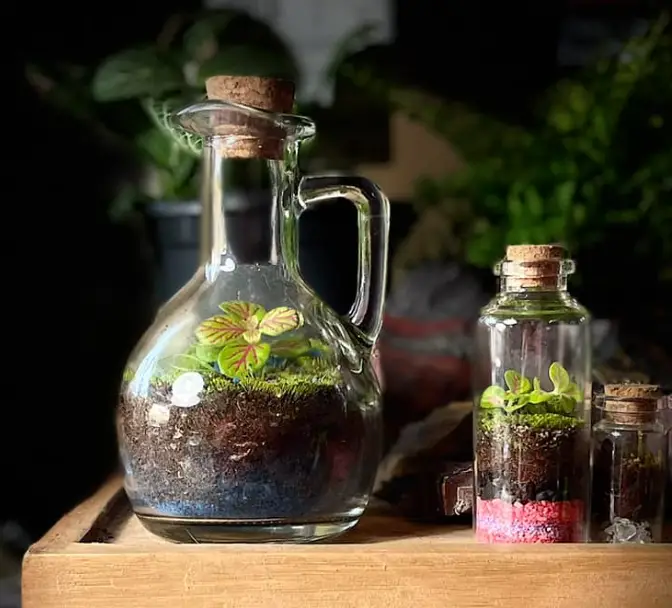Bottom Watering Not Reaching Top: Reasons and How to Fix
Bottom watering can benefit cacti and other houseplants that don’t like having wet leaves. This method allows the soil and roots to soak water from the bottom up rather than from the top. However, timing is important in preventing overwatering and water not reaching the top.
It’s worth noting that reverse watering takes about 15 to 30 minutes to saturate the soil. Bottom watering overnight or longer than an hour may cause root rot. If the water is not reaching the top, perhaps the drainage holes are blocked, the soil is too dry, or the plant is heavily root-bound.
Why bottom watering is not reaching the top
If you are bottom watering your cactus but you notice that the top of the soil is not getting wet, it could be due to one or more of the following reasons:
1. Drainage holes are blocked
Pot drainage holes can get blocked with debris and old soil, making water impossible to absorb as needed. When bottom watering, ensure that the drainage holes at the bottom of the pot are working and are not blocked.
2. The soil is too dry
Many soils become hydrophobic when they dry out. They typically become difficult to re-wet. When top watering, the water will simply pass through to the bottom. If so, moisten the soil before watering the plant from the bottom.
3. Soil is too compacted
Top watering can flush out important aerating materials, thus making the soil dense and tightly packed. This can make it difficult for water to penetrate through it when bottom watering. To fix this, try to lightly fluff up the top layer of soil with a fork or a chopstick.
4. The pot is too small
If the pot is too small, the roots get tangled into a dense mass, leaving little or no room for growth and water uptake. If your cactus is turning yellow and you can see roots popping through drainage holes, repot the plant in a slightly larger pot.
5. Wrong soil type
When the soil is too heavy or lacks organic matter, it becomes difficult for water to soak in. Make sure you are using a well-draining cactus potting mix.
When bottom watering, it’s important to keep an eye on the top layer of the soil to ensure it is getting the water as needed. You may insert your finger in the soil to test for moisture.
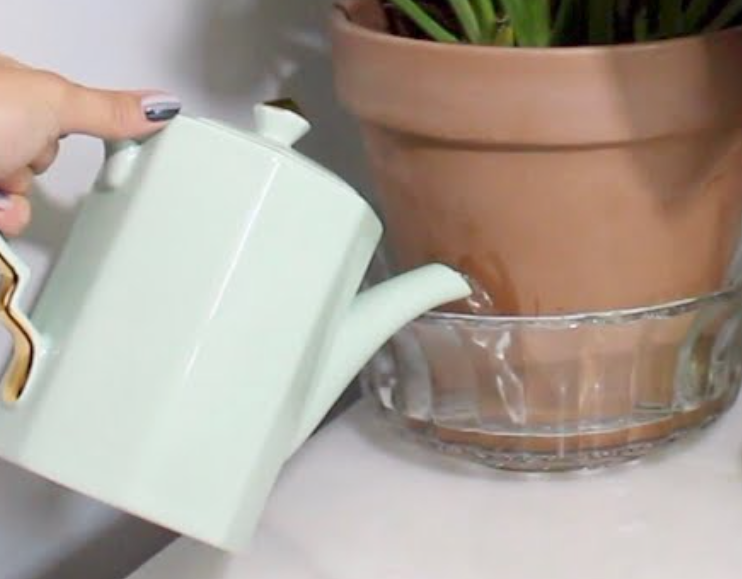
How to water cactus from the bottom
To bottom water a cactus, you’ll need a tray or saucer slightly larger than the pot the cactus is planted in. Fill the tray or saucer with room-temperature water, then place your plant’s pot in it. The water should come up to just below the bottom of the pot. You may add fertilizer if needed.
Allow the cactus to sit in the water for 15-20 minutes or until the soil is thoroughly saturated. You can check this by touching the soil with your finger or by removing the cactus from the tray and seeing if water drips out of the bottom of the pot. Be sure to discard the excess water that collects on the saucer after the watering.
Pro tip: Bottom watering plants don’t flush out the salts and mineral buildups on the soil. You’ll need to pour water on top of the soil until it drains out the bottom of the pot at least once a month to help rinse and wash away any excess minerals and salts.
Can you overwater by bottom watering?
Overwatering is a killer of many houseplants, especially cacti, and succulents. Excess water in the soil fills all the air pockets causing roots to die from drowning. Root rot-causing fungi also thrive in soggy soil conditions.
Like any other watering method, it can overwater a cactus by bottom watering. This commonly happens when you bottom water overnight or let the plant sit in the water longer than required.
When bottom watering, it is important to make sure that the pot has drainage holes that are working to allow excess water to escape. If the holes are blocked, the water will not be absorbed as needed, and it will take forever to reach the top. In this case, you’ll be under-watering your plant.
Also, pay attention to how long the cactus sits in the water. If you leave the cactus in the water for too long, the soil will absorb more water than it needs and potentially cause the roots to rot.
Reverse watering should only take 15 to 30 minutes, but this may depend on the nature of the soil.
It’s also important to consider how long a cactus can go without water. Environmental factors like humidity, temperature, and airflow can affect the rate at which the soil dries. Generally, cacti should be watered when the top layer of the soil feels dry to the touch.
Bottom vs. top watering
The table below summarizes the key differences between bottom watering and overwatering.
| Bottom watering | Top watering |
| Water is applied indirectly through the drainage holes of the pot. | Water is applied directly to the surface of the soil or plant. |
| It may encourage salt and mineral buildup in the soil. | Excess salts and minerals in the soil are washed away. |
| It can reduce the risk of fungal infections from water sitting on leaves or stems. | It can increase the risk of rot or disease from water sitting on the leaves. |
| Good for plants sensitive to water on leaves or stems, such as succulents. | Good for plants that can handle water on their foliage. |
| Takes more time to water, but less water is used. | Faster to water, but more water is used. |
Final Thought
Most plants are underwatered when watering is done at the top of the soil. Some soils won’t absorb water as needed when not given more time to soak. This makes reverse watering the best practice for most plants.
However, water may not reach the top when bottom watering if the soil is compacted, the drainage holes are blocked, or the pot is excessively root bound.
References
- The University of Maryland Extension: Watering Indoor Plants
- The University of California, Division of Agriculture and Natural Resource: Watering Hydrophobic soil
My name is Diane M Lewik, and I am the founder of this website. I am a degree holder in plant biology from the University of California – Berkeley. Over the years, I have cultivated a vast collection of succulents and I have learned a great deal about how to grow and care for these unique plants. Feel free to ask any questions in the comment section below.
